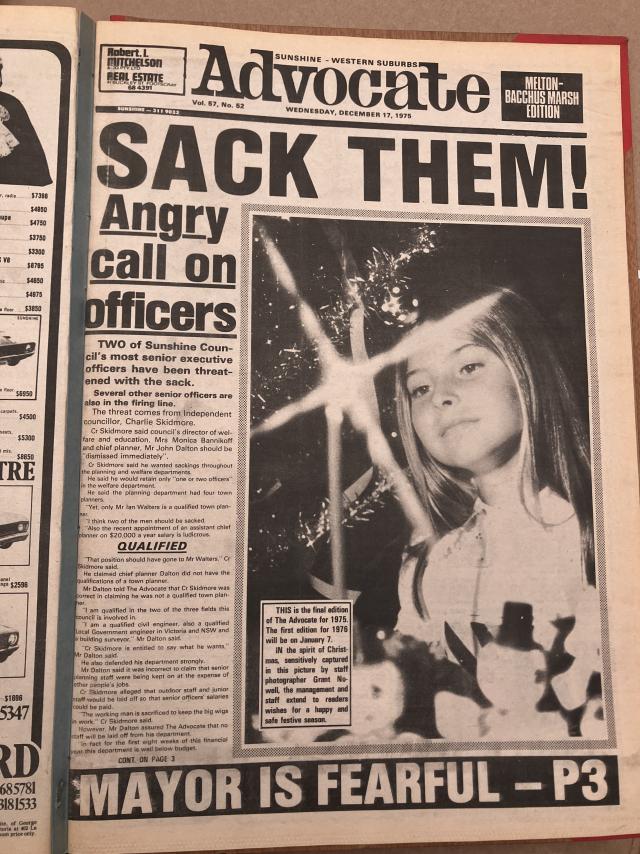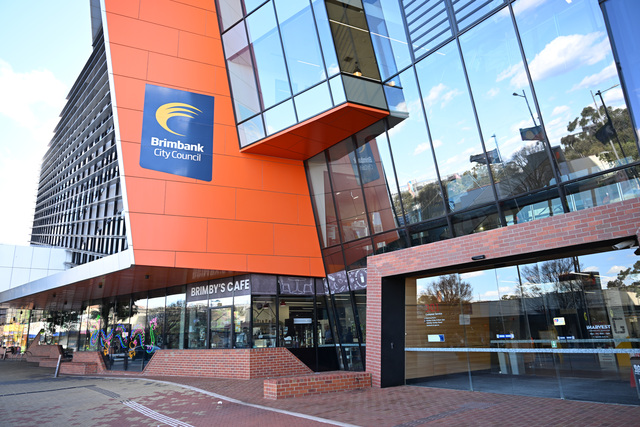As Melbourne’s rental crisis continues to cause pain, new analysis reveals renters priced out of CBD suburbs are looking to move to areas such as Sunshine to find affordable accommodation.
An analysis by National Shelter and SGS Economics and Planning shows rental affordability across greater Melbourne has fallen 10 per cent in just 12 months. Previously affordable rents across parts of the city have all but vanished, particularly impacting people on low incomes.
The latest National Shelter-SGS Economics and Planning Rental Affordability Index for greater Melbourne shows an average rental property costs 24 per cent of the average household’s income of $108,955.
For people on low incomes such as single people on Jobseeker, single or coupled pensioners, and single part time worker parents on benefits, rents were classed as either extremely unaffordable or severely unaffordable.
“In Melbourne, students and people on lower incomes are priced out of entire swathes of the city. The rental market is fundamentally broken,” said National Shelter chief executive Emma Greenhalgh.
“Melbourne’s rental market is in a crisis and it’s only getting worse. This disproportionately punishes people with the least while also pricing full-time and essential workers out of their own city.”
The findings revealed acceptable rents (requiring less than 25 per cent of gross income) in areas like Docklands and Southbank have also disappeared. With the average rental household needing to look to outer suburbs such as Sunshine to find affordable rentals at the median rate.
SGS Economics and Planning principal Ellen Witte said households will have to live further away from where jobs are to access affordable rents.
“An entire corridor, stretching from Footscray in the inner west north to Meadow Heights, was considered ‘affordable’ to the average rental household just last year. As of the June 2023 quarter, those options that cost less than 15 per cent of a household’s gross income had all but vanished,“ she said.
“… This downward spiral has now reached the point where very few affordable long-term rentals are on offer. We need to attack this problem from multiple angles. This means expanding social and affordable housing, rethinking how we use tax subsidies and strengthening renters’ rights,” she said.







